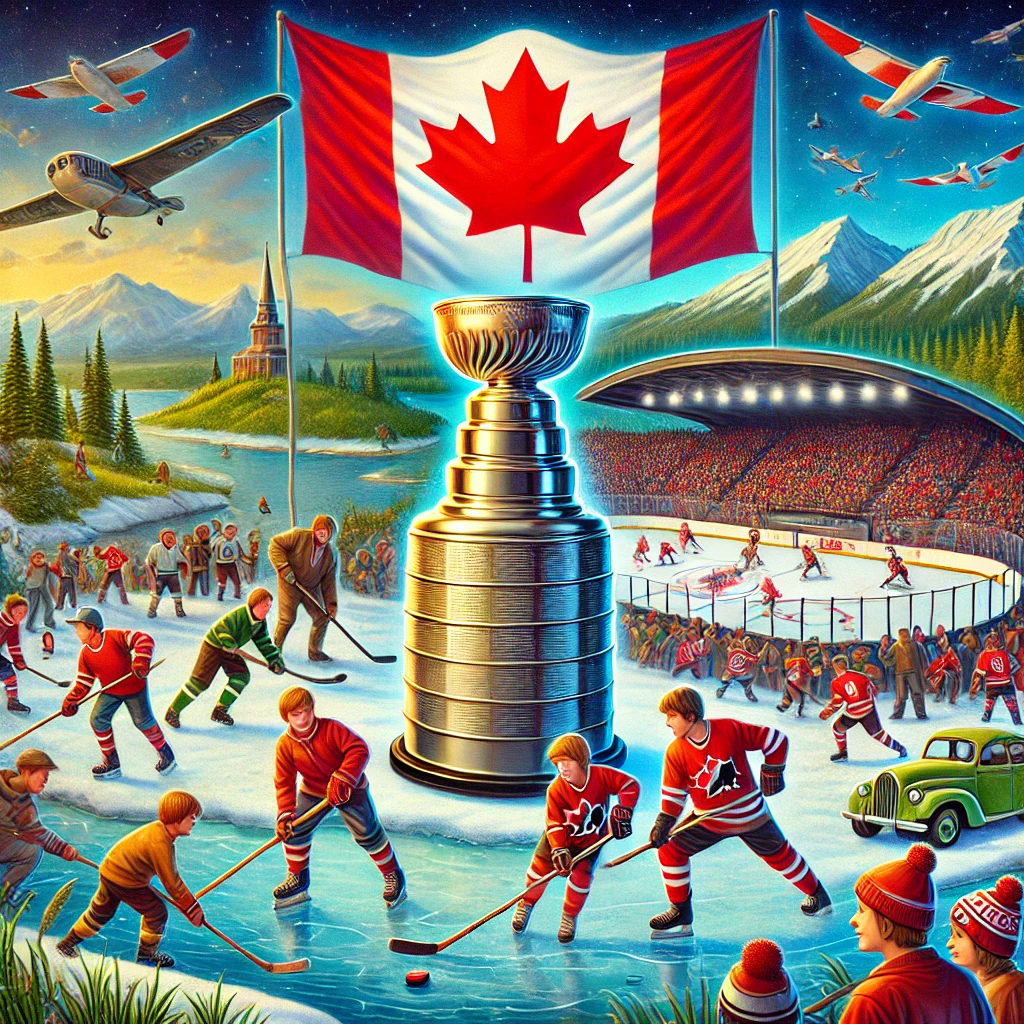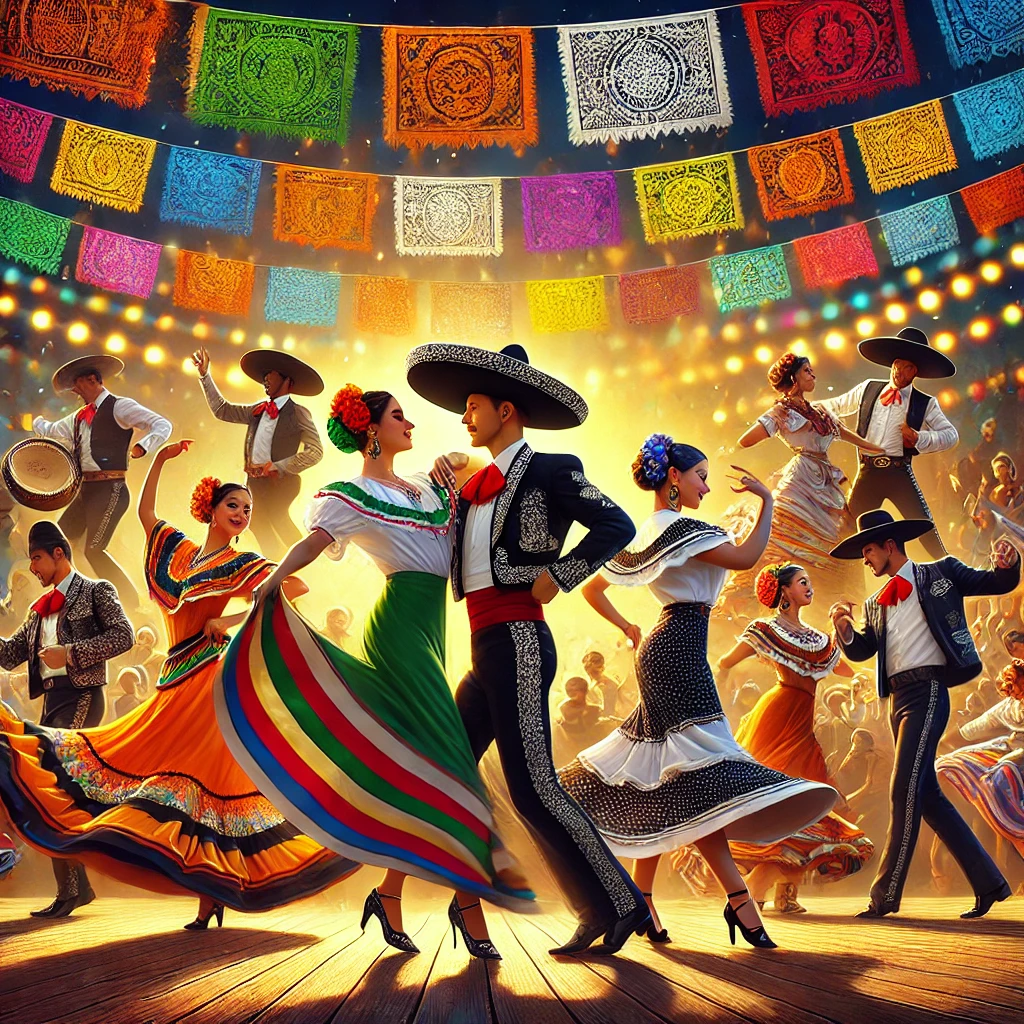Table of Contents
The Origins of Hockey in Canada
The origins of hockey in Canada are deeply rooted in the country’s cultural landscape, reflecting the essence of community and camaraderie. The sport evolved from various traditional stick-and-ball games that were played in Europe, particularly in England and the Netherlands. These games traveled with settlers to North America, where they began to adapt to the colder climate and vast, frozen expanses. The informal games played on frozen ponds and rivers became the cornerstone of hockey’s development, as players utilized makeshift equipment and often engaged in spirited contests, shaping the sport’s early character.

One significant influence on Canadian hockey was the Irish game of hurling and the Scottish game of shinty, both of which introduced ball control and stick maneuvering. These games encouraged creativity on ice and set the stage for what would become ice hockey. Furthermore, as communities gathered to play, the sport’s informal nature fostered a sense of community and cultural identity that resonated deeply with Canadian values.
By the late 19th century, hockey began to transcend its informal playground origins, leading to the establishment of organized leagues. The 1875 match at McGill University in Montreal was a pivotal moment, as it became the first recorded indoor game of ice hockey, showcasing a more structured approach to gameplay. This event marked the inception of standardized rules, which were crucial in legitimizing hockey as a recognized sport. The creation of the Amateur Hockey Association of Canada in 1886 further formalized the structure and governance of the sport, laying the groundwork for future leagues and ensuring its growth across the nation.
As ice hockey evolved through these early stages, the sense of national pride began to take shape, ultimately corroborating hockey’s status as a symbol of Canadian identity. The rustic charm of informal games, coupled with the establishment of organized frameworks, fueled a passion for the sport that persists in Canada to this day.
The Formation of National Leagues
The establishment of national hockey leagues played a crucial role in formalizing the sport’s status across Canada. In 1910, the National Hockey Association (NHA) was created, marking the first significant step towards consolidating hockey as a competitive sport. The NHA aimed to unify various hockey clubs in Eastern Canada, fostering a structured approach to gameplay and establishing a league that could garner nationwide attention. This structure facilitated standardized rules, improved competition, and generated heightened interest among fans, laying the groundwork for what hockey would become in Canada.
The year 1917 marked a pivotal moment in Canadian hockey history when the NHA was transformed into the National Hockey League (NHL). This transition indicated a clear commitment to professionalizing the sport and expanding its reach beyond just a few localized teams. The NHL incorporated various teams from the NHA and introduced franchises such as the Montreal Canadiens and the Toronto Maple Leafs, which would become synonymous with hockey excellence. The league’s establishment presented an opportunity for players to showcase their skills on a national stage, significantly contributing to the growth of hockey in Canada.
Hockey’s Role in Canadian Identity
Hockey occupies a unique place within Canadian culture, serving as a significant element of national identity. This sport reflects core values that resonate deeply with Canadians, such as resilience, teamwork, and a profound sense of community. From the cold winter months to the vibrant arenas filled with passionate fans, hockey embodies not just a game but a way of life for many Canadians.
The historical significance of hockey in Canada can be traced back to its early origins, where local matches provided a sense of camaraderie among participants and spectators alike. These local games quickly became community events, fostering connections and relationships that transcended social divides. As the sport evolved, it began to symbolize more than just athletic competition; it emerged as a representation of shared experiences and collective pride. Major tournaments, such as the Stanley Cup playoffs or the Winter Olympics, became occasions to rally behind national teams, creating a framework for unity and patriotism.
Legendary hockey players have also played a crucial role in shaping Canadian identity. Icons like Wayne Gretzky and Mario Lemieux have not only achieved remarkable success on the ice but have also become symbols of Canadian excellence and determination. Their stories resonate across generations, inspiring young players and reinforcing the idea that hockey is not only about skill but also about dedication and hard work. Such figures foster a sense of pride among Canadians, as they embody the spirit of a nation that values teamwork and perseverance.
In the context of international competition, when Canada faces rival nations in the sport, it often ignites a fierce sense of nationalism. Hockey matches allow Canadians to express their identity, solidarity, and even pride in moments of triumph or heartbreak. The communal experience of cheering for a team creates bonds among people of diverse backgrounds, further solidifying hockey’s role as a fundamental aspect of Canadian culture.
International Influence and Success
Canada’s prominence in the world of hockey is not merely the result of domestic passion; rather, it is profoundly shaped by its international successes. The Canada-Soviet Series of 1972 remains a pivotal moment in this narrative. This eight-game showdown between Canada’s best and the Soviet Union’s elite players showcased not only skill but also political undertones of the Cold War. Canada’s victory in this series ignited national pride and solidified the sport’s position as a cornerstone of Canadian identity. The intense rivalry fostered during these games contributed significantly to the perception of hockey as a source of unity and national pride, reflecting the resilience and competitiveness inherent in the Canadian spirit.
Beyond the Canada-Soviet Series, Canada’s national teams have consistently excelled at international competitions, such as the IIHF World Championships and the Olympic Games. These victories have not only promoted the sport within Canada but have also helped solidify the country’s influence on the global hockey stage. The triumph of Team Canada in multiple World Cups and Olympic tournaments highlights the nation’s elite status in hockey. Such achievements have enhanced the nation’s reputation for producing world-class talent, contributing to the strategic development of youth programs, coaching methodologies, and grassroots initiatives aimed at nurturing future generations of hockey players.
The impact of international success transcends mere trophies; it fosters a sense of camaraderie and shared pride among Canadians. As the hockey community unites to celebrate these achievements, a culture of support emerges, invigorating leagues across the country and motivating athletes at all levels. In essence, Canada’s international accomplishments have forged a symbiotic relationship between national pride and the sport of hockey, ensuring its enduring appeal and cementing its status as Canada’s favorite sport.
Grassroots Movements and Community Engagement
Hockey’s ascent to become Canada’s most cherished sport can be attributed significantly to grassroots movements and community engagement that have permeated its development. At the heart of this phenomenon lies the ubiquitous community rinks, which serve as vital meeting points for local residents, fostering not only participation in the sport but also a deep sense of camaraderie and national pride. These rinks, often built and maintained by volunteers, provide opportunities for individuals of all ages and backgrounds to engage with hockey, ensuring that the sport remains accessible to everyone.
Furthermore, youth leagues have played an essential role in nurturing young talent and encouraging participation from a diverse range of communities across the country. These leagues often emphasize values such as teamwork, discipline, and sportsmanship, contributing to the holistic development of participants both on and off the ice. The emphasis on inclusion within these programs ensures that children from various socio-economic backgrounds can partake in hockey, helping to eliminate barriers that might otherwise prevent them from participating in this quintessentially Canadian pastime. Through these grassroots initiatives, families are able to knit tighter bonds within their communities as they support local teams and players.
In tandem with youth leagues, local initiatives aimed at promoting inclusivity have emerged to engage marginalized groups in the sport. Programs specifically designed for girls, Indigenous communities, and individuals with disabilities have made strides to diversify participation in hockey. This means that hockey not only remains a symbol of Canadian identity but also reflects the multicultural fabric of the nation. The involvement of local businesses and sponsors further amplifies these movements, ensuring sustained support for community-driven hockey programs. Thus, grassroots hockey not only fuels the development of local talent but also cultivates a sense of belonging and pride among Canadians nationwide.
The Evolution of Hockey Culture
The evolution of hockey culture in Canada reflects a dynamic interplay of social, economic, and technological changes that have shaped the game and its followers over the decades. Initially, hockey was played informally, primarily among local communities on frozen ponds, but it gradually transformed into a structured sport with formalized rules in the late 19th century. This period marked the beginning of an enthusiastic fan base, where local hockey teams began to draw crowds, and regional rivalries took hold.
As the 20th century progressed, the expansion of professional leagues, particularly the National Hockey League (NHL), played a crucial role in promoting hockey culture across Canada. The introduction of radio and later television allowed fans to access live broadcasts of games, enhancing the overall experience and expanding the sport’s reach. This media exposure contributed significantly to the creation of a national identity centered around hockey, engaging fans and fostering a sense of community.
With the rise of technology, the way hockey is consumed has also adapted. Social media platforms have emerged as vital tools for fan engagement, enabling instantaneous communication and real-time reactions to games and events. The digital era has transformed fan culture, creating a more interactive and inclusive environment where supporters can share their passion and connect with players, teams, and each other. Furthermore, the nature of game strategy has evolved, reflecting advances in coaching techniques, analytics, and player development, leading to the emergence of more competitive and skilled play.
Player conduct has likewise undergone significant scrutiny over the decades, emphasizing sportsmanship and professionalism. In response to criticism regarding violent conduct, leagues have increasingly prioritized player safety, fostering a more respectful game. This shift represents a broader evolution in hockey culture, marking a transition from a rough and tumble past to a more refined and strategic present. Such changes symbolize a deepening of national pride as hockey continues to be celebrated as an integral part of Canadian identity.
Iconic Players and Moments in History
Hockey has long been ingrained in Canada’s national identity, largely shaped by the influential careers of exceptional players and monumental moments in the sport’s history. Notable figures include Wayne Gretzky and Bobby Orr, whose outstanding performances and contributions have left an indelible mark on Canadian hockey and its culture. Wayne Gretzky, often referred to as “The Great One,” is widely regarded as the greatest hockey player of all time. His remarkable skills, vision on the ice, and ability to score, assist, and lead transformed hockey into a spectacle that captivated countless fans. During his illustrious career, Gretzky set numerous records, many of which still stand today, solidifying his status as a national icon.
Bobby Orr, another seminal figure, revolutionized the defenseman position with his remarkable blend of skating ability and offensive production. He became the first defenseman to score over 100 points in a single season, demonstrating that defensemen could significantly contribute to scoring. His famous goal in the 1970 Stanley Cup finals, where he soared through the air after scoring the winning goal, remains one of the most celebrated moments in hockey history and has become a defining image of the sport in Canada.
Other stars, such as Mario Lemieux and more contemporary players like Sidney Crosby, have also played pivotal roles in shaping the legacy of Canadian hockey. Crosby, known for his clutch performances, led Canada to multiple international victories, further fueling national pride. Memorable moments, such as Canada’s gold medal victories in the Olympics, are essential in underscoring the emotional connection Canadians have with the sport. These players and their iconic achievements have created a tapestry of rich history, fostering a deep sense of pride and unity among Canadians, whose passion for hockey continues to flourish.
Hockey Today: Challenges and Opportunities
Hockey in Canada continues to thrive, yet faces several challenges that must be addressed to ensure its place as the country’s favorite sport. A significant barrier affecting the growth of hockey is the issue of accessibility. The costs associated with playing, including equipment and ice time, can deter many potential players, particularly those from underrepresented communities. Addressing affordability through community programs, sponsorships, and grants can help make hockey accessible to a more diverse range of participants. Engaging local organizations to facilitate such initiatives may also contribute to the nurturing of future talents.
Diversity is another challenge that the sport faces in Canada. The traditional image of hockey players often does not include individuals from various backgrounds. Initiatives aimed at increasing participation among women and minority groups are essential for the sport’s future. By focusing on grassroots programs, local rinks can promote inclusivity and create a sense of belonging for all players. Encouraging diverse representation not only helps grow the talent pool but also enriches the culture of hockey itself.
The impact of professional leagues, such as the NHL, also influences local communities and youth participation in hockey. While these leagues elevate the sport’s profile, they can sometimes overshadow local teams and players’ experiences. Finding a balance between the allure of professional play and supporting grassroots movements is crucial. Enhancing collaboration between professional facilities and community programs may foster local talent and increase support for youth hockey leagues.
Opportunities for growth within the sport are abundant. Technological advancements have introduced innovative training methods, offering athletes access to performance analytics, virtual reality coaching, and injury prevention solutions. Additionally, the promotion of women’s hockey has gained momentum, with more funding and media coverage. By investing in these areas, Canadian hockey can continue to evolve, making the sport more inclusive, diverse, and captivating for future generations.
The Future of Hockey in Canada
The landscape of hockey in Canada is poised for significant evolution as various trends and technological advancements shape the sport’s future. One prominent influence is the growing application of analytics in game strategy. Teams increasingly utilize data to refine player performance, enhance training regimens, and optimize in-game decision-making. This analytical approach is shifting traditional scouting processes and enabling teams to identify talent that may have previously gone unnoticed. As analytics continue to evolve, fans can expect more strategic insights and enhanced enjoyment of the game through refined data portrayal.

Moreover, shifts in consumer behavior are impacting the hockey market. The introduction of new media, such as streaming services and social media platforms, has transformed how fans consume content and interact with the sport. Younger audiences, who grew up immersed in digital environments, are seeking compelling narratives and engaging experiences. This trend has propelled the development of alternate viewing experiences, allowing fans to experience games in innovative ways, such as through virtual reality. As hockey organizations adapt to these changing preferences, they are likely to cultivate a stronger connection with the next generation of fans.
Amidst these developments, the importance of hockey as a facet of Canadian cultural identity remains unwavering. The sport is deeply embedded within Canadian society, transcending mere recreation. For future generations, hockey will continue to symbolize resilience, community spirit, and national pride. As young athletes take to rinks across the country, they carry forward the torch of this cherished tradition, ensuring that hockey remains more than just a game. In conclusion, the future of hockey in Canada is bright, fueled by innovation, evolving consumer engagement, and an enduring commitment to preserving its rich cultural heritage.






The valuable information
It is excellent idea